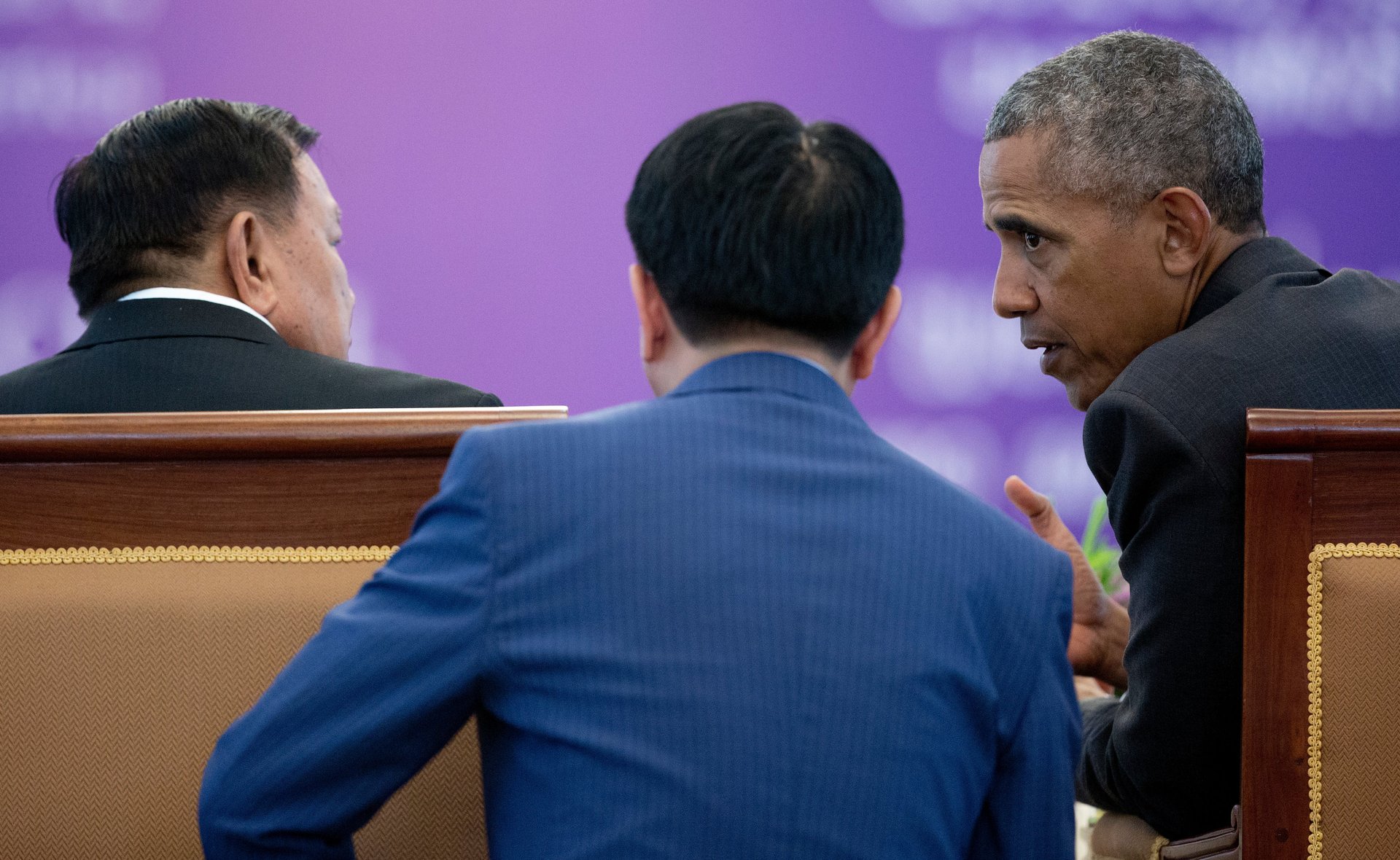Google says its new AI-powered translation tool scores nearly identically to human translators
Say hello to the new Google Translate.


Say hello to the new Google Translate.
Starting today, Google will rely more heavily on artificial intelligence when it translates language. The new method, called Google Machine Neural Translation, cuts down errors by 80% compared to its current algorithm, and is nearly indistinguishable from human translation on standardized tests, the company said.
It’s a radical change from how Google translates now, which is called phrase-based translation, and is standard for the industry. Under this method, an algorithm cuts up a sentence, like one entered by a high-schooler trying to game their homework, and attempts to match words or phrases to a large dictionary. The new method takes that same large dictionary and uses it to train two neural networks. One breaks down the sentence to figure out what it means, and the other generates text in the other language.
Since AI algorithms don’t rely on human logic, they can often find better ways to accomplish their task than what humans previously dreamed up in hand-coded algorithms. The network itself learns how to translate, shedding the rules that humans thought were best and only focusing on the outcome.
“You don’t have to make design choices,” says Mike Schuster, a Google engineer who worked on the project. “The system can entirely focus on translation.”
That’s largely why Google’s neural network translator makes such a radical jump in accuracy. For instance, the network no longer has to spend time splitting sentences into words or phrases. In tests where human and machine translated text is compared side by side, Google Translate previously ranked at 3.6 of 6 at Spanish to English, with 6 being a perfect translation. Humans generally rank at 5.1, and Google’s new method hits 5.0.
Google is releasing its new method for Mandarin Chinese first, and then scaling to new languages over coming months.